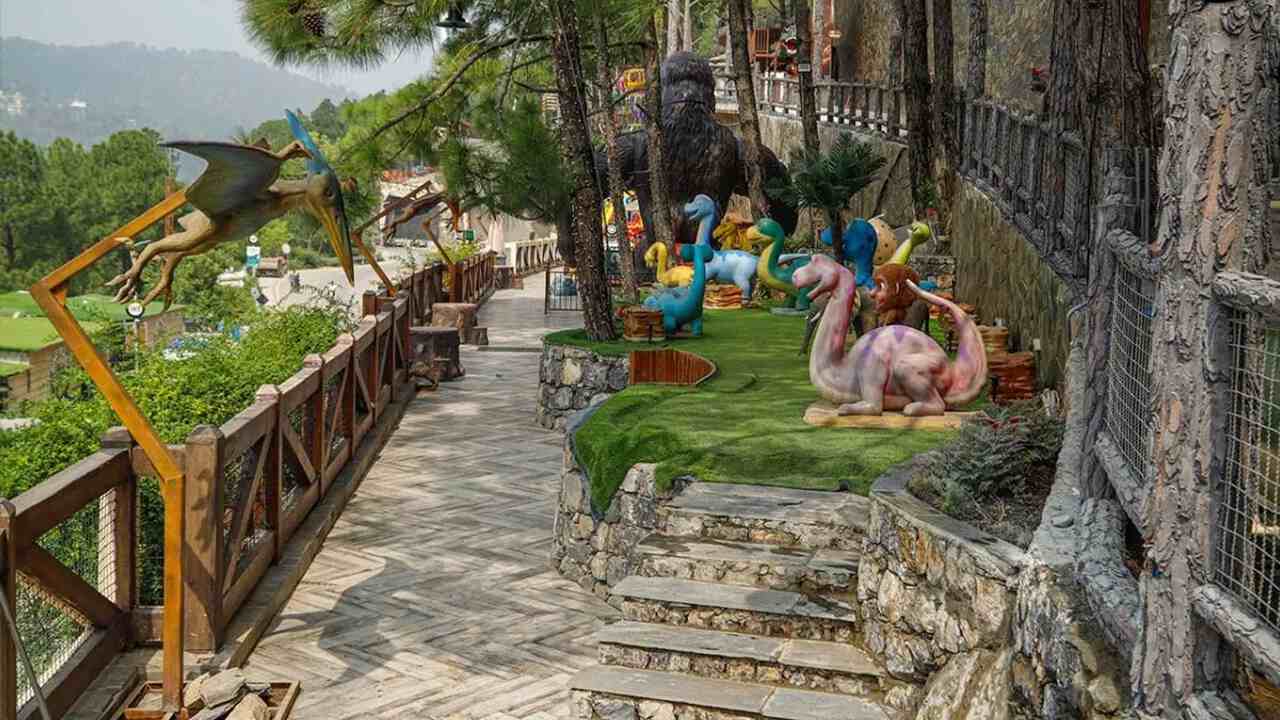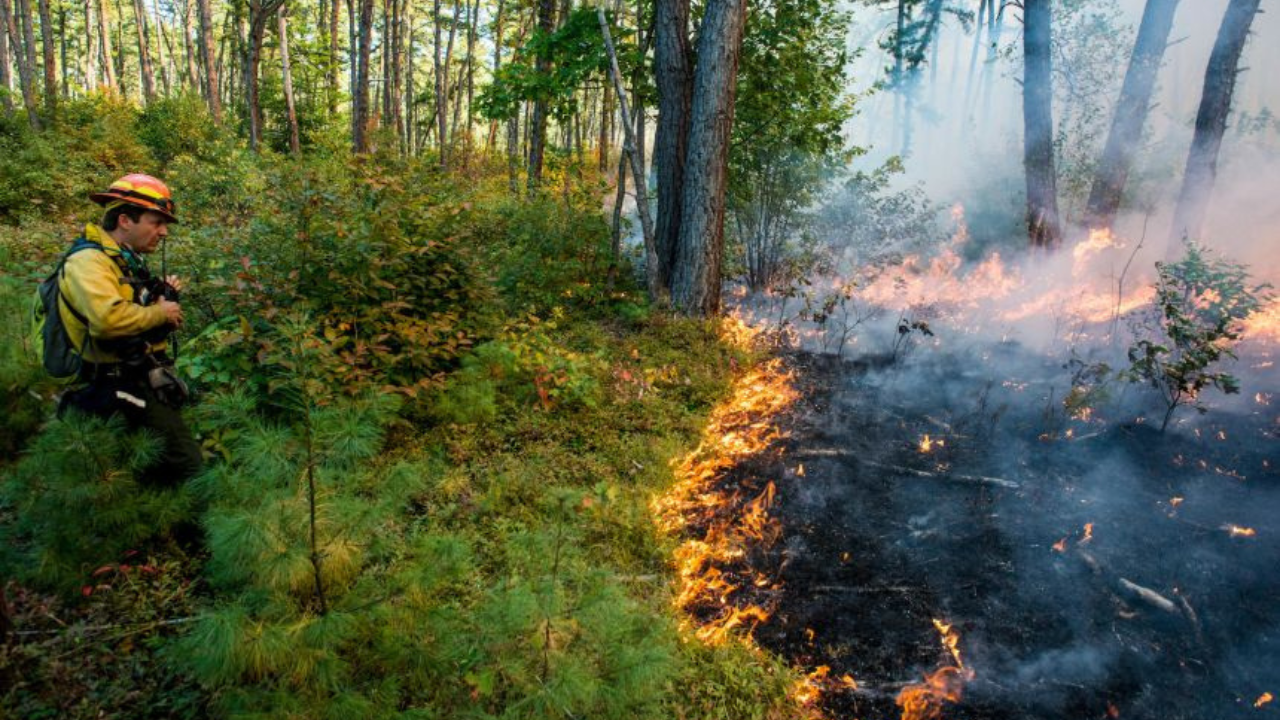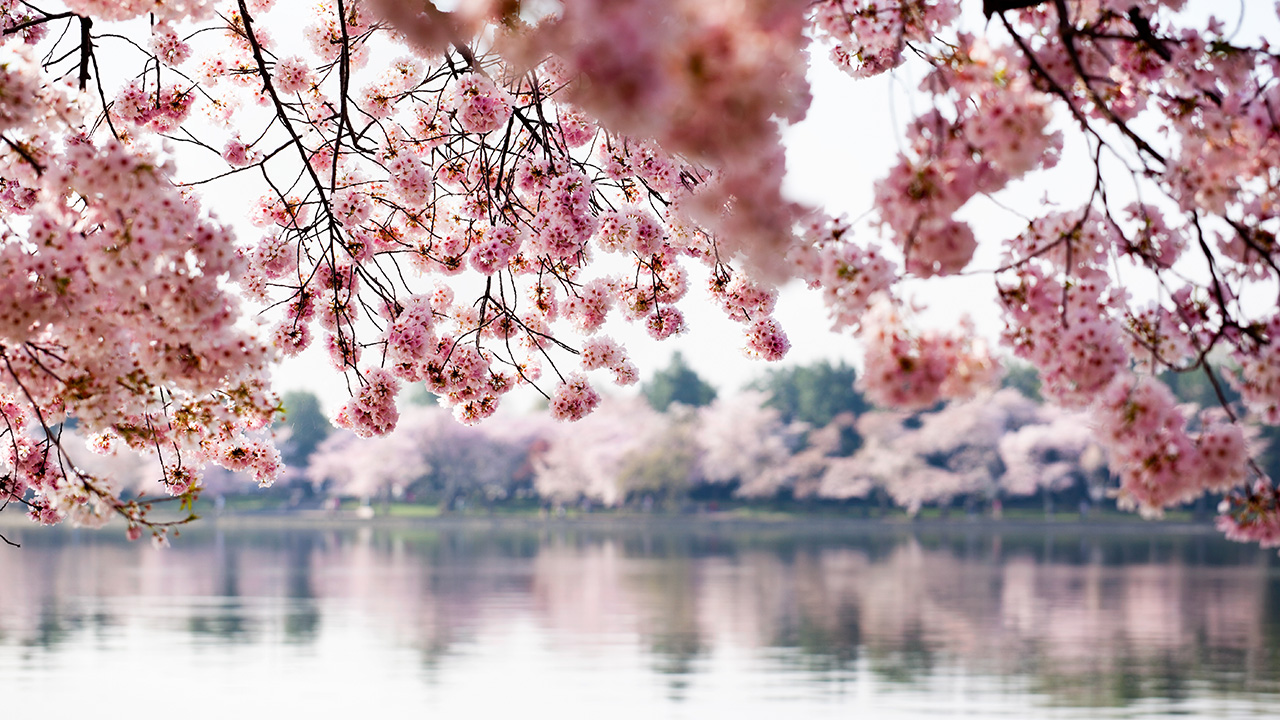Forest Park stands as a living testament to the power of nature—a sprawling sanctuary where towering trees, delicate wildflowers, and winding trails invite us to pause, breathe, and connect. For generations, this cherished woodland has been more than just a green space; it’s a vital ecosystem, a classroom for discovery, and a source of solace. Yet, like many natural treasures, Forest Park faces challenges that threaten its health and vibrancy: habitat loss, invasive species, and the pressures of a changing climate. Today, the call to action is clear—support Forest Park and become the heart of its preservation.
This article explores why Forest Park matters, how it enriches our lives through its flora and conservation efforts, and why your support is essential to its survival. From the basics of its forest flora to the rare plants that define its uniqueness, Forest Park is a place worth fighting for. As of March 29, 2025, the time to act is now—because the heart of the park beats strongest when we all come together.
The Lifeline of Forest Park: Why It Matters
Nestled within its borders, Forest Park is a microcosm of ecological wonder. Spanning acres of woodlands, wetlands, and meadows, it harbors a diversity of life that sustains both nature and community. Its trees—majestic oaks, maples, and pines—act as carbon sinks, purifying the air we breathe. Its understory teems with native plants, some with medicinal properties, others rare and endangered, all contributing to a balanced ecosystem. This is forest conservation in action, a daily reminder of why protecting such spaces is critical.
Yet, Forest Park is more than an environmental asset; it’s a cultural and educational cornerstone. Families wander its paths, learning to identify trees like the red cedar (Juniperus virginiana) or spotting seasonal flora changes as spring awakens the forest floor with bursts of color. Botanists study its rare species, while herbalists uncover the healing potential of plants like elderberry (Sambucus nigra). For every visitor, Forest Park offers something—a chance to explore, to learn, to heal. But its future is not guaranteed without our support.
Forest Conservation: The Foundation of Forest Park’s Future
At the core of Forest Park’s vitality lies forest conservation—the deliberate effort to protect and restore its natural systems. Decades of human activity, from urban encroachment to pollution, have left their mark. Invasive species like kudzu (Pueraria montana) and honeysuckle (Lonicera japonica) have crept in, outcompeting native flora and disrupting habitats. Climate change has intensified storms and droughts, stressing the park’s trees and soil. Without intervention, these pressures could unravel the delicate web of life that defines Forest Park.
Conservation efforts are underway, but they need your help. Park stewards are removing invasives, replanting native species, and monitoring wildlife to ensure balance. These actions preserve not just the park’s beauty, but its ecological functions—clean water, fertile soil, and a refuge for biodiversity. Supporting Forest Park means funding these initiatives, volunteering time, or simply spreading awareness. Every contribution strengthens the foundation of its future, ensuring it remains a thriving woodland for generations.
Forest Flora Basics: Understanding the Park’s Green Heart
To appreciate Forest Park fully, one must start with the basics of its forest flora. The park is a tapestry of trees, shrubs, and wildflowers, each playing a role in its ecosystem. Towering canopy trees like the white oak (Quercus alba) provide shade and shelter, their acorns feeding squirrels and deer. Beneath them, the understory blooms with dogwoods (Cornus florida) and ferns, while the forest floor hosts mosses and ephemeral plants like bloodroot (Sanguinaria canadensis).
These plants aren’t just scenery—they’re the lifeblood of the park. They stabilize soil, cycle nutrients, and support pollinators like bees and butterflies. For newcomers to forest flora basics, Forest Park is an ideal starting point. Its trails are lined with interpretive signs, offering lessons in tree identification and plant ecology. Supporting the park ensures these natural wonders endure, inviting everyone to learn the language of the woodland.
Forest Flora Education: A Living Classroom
Forest Park is more than a pretty landscape—it’s a classroom without walls. Its rich biodiversity makes it a hub for forest flora education, where students, families, and enthusiasts can deepen their understanding of nature. Guided tours teach participants how to distinguish a sugar maple (Acer saccharum) from a silver maple (Acer saccharinum), or how to spot the subtle differences between native and invasive vines. Workshops delve into the life cycles of plants, tying them to seasonal flora changes that transform the park throughout the year.
For schools, Forest Park offers hands-on learning that textbooks can’t replicate. Children press leaves, sketch blossoms, and marvel at the interconnectedness of life. Adults, too, find value here—whether they’re mastering tree identification or exploring the park’s ecological challenges. By supporting Forest Park, you’re investing in this educational legacy, ensuring it remains a place where curiosity takes root and grows.
Medicinal Plants: Nature’s Pharmacy in Forest Park
Beyond its beauty, Forest Park harbors a hidden treasure: medicinal plants that have sustained human health for centuries. Among its flora, you’ll find species like the black cohosh (Actaea racemosa), used traditionally to ease inflammation, and the wild yam (Dioscorea villosa), known for its hormone-balancing properties. These plants, woven into the park’s understory, are a living pharmacy, offering remedies that modern science continues to study.
Preserving these species requires active support. Invasive plants and habitat loss threaten their survival, diminishing access to their benefits. Conservation efforts in Forest Park prioritize these medicinal treasures, replanting them in restored areas and educating visitors about their uses. By contributing to the park, you’re safeguarding a natural heritage that heals both body and spirit—a gift worth protecting.
Rare & Endangered Flora: The Park’s Precious Gems
Forest Park is home to rare and endangered flora that elevate its ecological significance. Species like the small whorled pogonia (Isotria medeoloides), a delicate orchid, and the Virginia sneezeweed (Helenium virginicum), a vibrant wildflower, cling to existence within its borders. These plants are more than botanical curiosities—they’re indicators of the park’s health, thriving only where conditions are pristine.
Invasive species and environmental stress have pushed these rarities to the brink, but restoration efforts are turning the tide. Volunteers and botanists work tirelessly to clear competitors and monitor their growth, ensuring their survival. Supporting Forest Park means protecting these precious gems, preserving biodiversity that enriches the park and inspires awe in all who encounter it.
Seasonal Flora Changes: A Year-Round Spectacle
One of Forest Park’s greatest joys is its seasonal flora changes, a cycle that paints the landscape with ever-shifting hues. Spring awakens the forest with trilliums (Trillium grandiflorum) and bluebells (Hyacinthoides non-scripta), their blooms carpeting the ground. Summer deepens the green of the canopy, while autumn ignites the park with the fiery reds and golds of maples and hickories. Winter reveals the stark beauty of bare branches and evergreen needles, a quiet contrast to the vibrancy of other seasons.
These changes are more than visual—they’re ecological. They mark the rhythm of growth, dormancy, and renewal that sustains the park’s flora and fauna. Supporting Forest Park ensures this spectacle continues, offering visitors a front-row seat to nature’s calendar and a chance to witness its resilience year after year.
Tree Identification: Connecting with the Giants
For many, Forest Park’s trees are its most iconic feature—giants that define its skyline and history. Learning to identify them is a rite of passage for visitors, from the rugged bark of the shagbark hickory (Carya ovata) to the smooth, silvery trunk of the American beech (Fagus grandifolia). Each species tells a story of adaptation and survival, rooted in the park’s soil.
Tree identification programs, funded by park supporters, bring this knowledge to life. Guided walks and illustrated guides teach novices and experts alike to recognize these sentinels, fostering a deeper bond with the forest. By supporting Forest Park, you’re helping maintain these living landmarks, ensuring they stand tall for future generations to name and admire.
Be the Heart: How You Can Support Forest Park
Forest Park’s beauty and vitality depend on collective action. You can be the heart of its preservation in countless ways. Donate to fund conservation projects that remove invasives and replant natives. Volunteer your time to pull weeds, plant seedlings, or lead educational tours. Advocate for the park by sharing its story, amplifying the call to protect its flora and ecosystems.
Every act of support ripples outward. A dollar donated might save a rare orchid; an hour spent volunteering could restore a patch of forest floor. Together, these efforts sustain Forest Park as a place of learning, healing, and wonder—a woodland where the heart of the community beats in harmony with nature.
Conclusion
Forest Park is more than a destination—it’s a lifeline, a legacy, and a promise. Its trees, plants, and seasonal rhythms remind us of nature’s enduring gifts, while its challenges call us to action. By supporting Forest Park today, you become the heart of its story, ensuring it thrives as a hub of forest conservation, education, and inspiration.
As we stand in 2025, the stakes have never been higher—or the rewards greater. Whether you’re drawn to its medicinal plants, rare flora, or the simple joy of identifying a tree, Forest Park needs you. Step up, lend your voice, and help keep this woodland beating strong. Be the heart of the park—because Forest Park is worth it.
-

Tips for Navigating the Park During the Great Forest Park Balloon Race
-

National Tennis Tournament’s Return to Forest Park Recalls Dwight Davis Legacy
-

Be the Heart of the Park: Support Forest Park Today
-

Removing Invasive Plant Species Helps Restore Kennedy Forest
-

Prescribed Burn Season Until April 2025: A Vital Tool for Forest Health and Flora Preservation
-

The East Waterways Project: A Journey into Forest Conservation and Flora Preservation
-

Tips for Navigating the Park During the Great Forest Park Balloon Race
-

Tune in to KMOV on Day 4 Forest Park: A Celebration of Nature and Community
-

Predicting Spring: The Human Way
-

Generations of Love for Forest Park: A Legacy of Conservation and Community



